
LOCHNER OF KOENIGSTEIN in Upper Palatinate
1183/84 – ~1400
It can be assumed that a branch of Lochners, perhaps around the year 1000 A.D., spread from the first manor at Loch near Hollfeld to Upper Palatinate, because the Franks want to integrate the conquered areas more firmly into their realm and therefore send loyal Frankish knightly families. They also make use of the same forenames as the Frankish Lochners.
In 1183, Eberhard of Lochner is first attested there, as has been a year later together with his brother Godebalt, where they appear as witnesses in a document for the Michelfeld Monastery among the vassals of the Counts of Sulzbach, and are therefore the first Lochners to be mentioned[1]. Their descendants have the Imperial Knights of Koenigstein as feudal lords, and they actually establish their village of Loch, just like the relatives in the valley of the river Wiesent in Franconia. The geographical similarities between the two Loch villages are striking: rocks and caves[2] – even the holes in the rocks have similar names such as „Kuehloch“ and „Kuehkerk“.
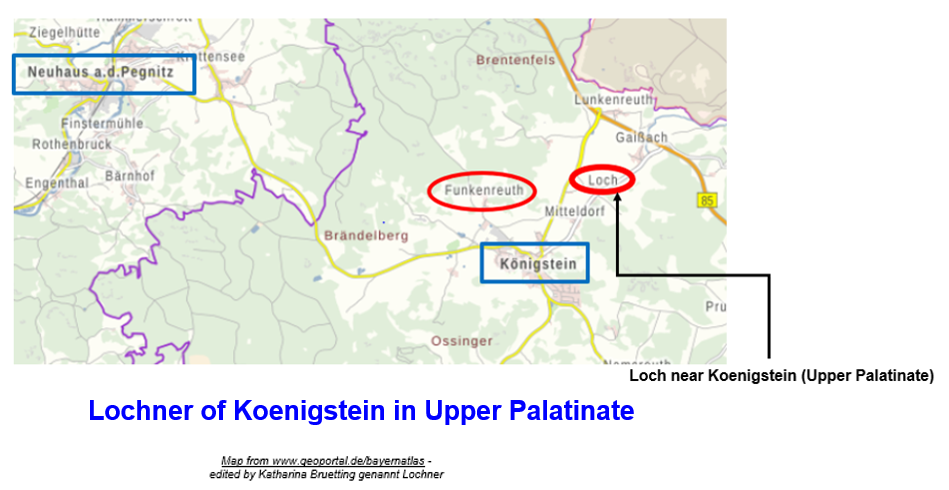
And the Upper Palatinate Lochners maintain close contact with the Franconian relatives, because a constant connubium[3] among the Lochner lines is guaranteed, as with the later on Palitz and Huettenbach Lochner-branches. The Franconian Lochners enter into marriages several times with women from the Hellwagen knightly family, who belong to the vassals of the Schenk of Reicheneck and are wealthy around Koenigstein (village of Funkenreuth – see above), or until 1580 with the manor of Leuzenhof which is endowed with high jurisdiction (today’s urban district of Grafenwoehr).
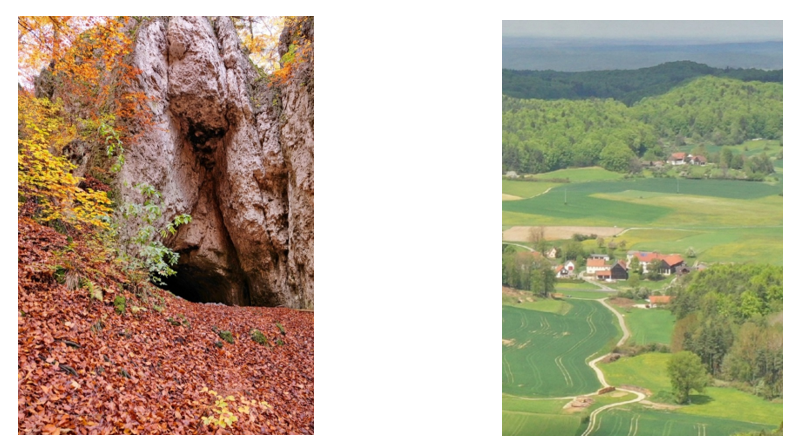



The Upper Palatinate Lochners adopt the heraldic rose from the coat-of-arms of the Imperial Knights of Koenigstein into their blue/red Lochner coat-of-arm’s variant as they are their first feudal lords. Their direct descendants, the Schenk of Reicheneck, also take over this coat-of-arms without any changes, what points up the high reputation of the Koenigstein Imperial knightly family (see below)[4].

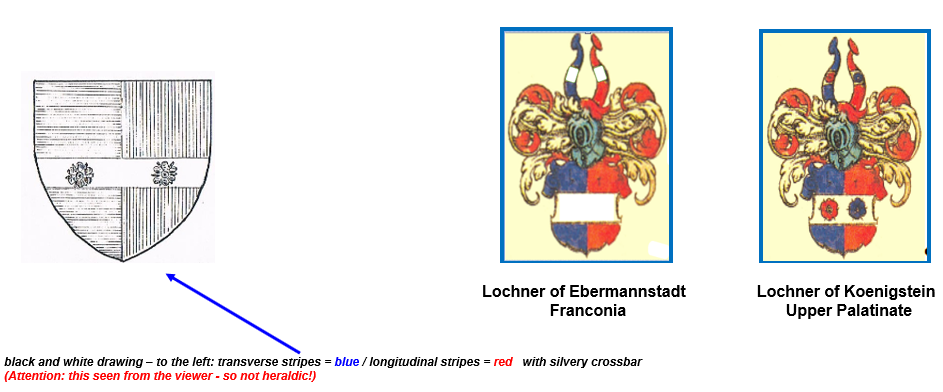
The most dazzling personality of this line in the Pegnitz valley is undoubtedly the “robber baron”, or as expressed in the Middle Ages in German language: “Placker” Henry Lochner (the Elder) of Koenigstein in Upper Palatinate, one of the most intimate followers of his feudal lords of Higher Nobility, the Schenk of Reicheneck around 1350, especially Conrad III, head of the Conradinian branch of the Schenks[5], can be considered as close confidant. Conrad III Schenk of Reicheneck vehemently defends against the loss of power of his noble house (opponents: the Imperial City of Nuremberg and the Pfalzgrafen bei Rhein[6] – House of Wittelsbach), i.e. he tries everything to enforce his rights in feuds and does not shy away from robberies, which ultimately weakens his power in the long term. It is not for nothing that his documented nicknames from 1322 to 1348 sound like contentious disputes: “Conrad the Robber” or “Conrad the Warrior” – it is the time of the decline of chivalry!
The Schenk of Reicheneck stem from Walter Schenk of Klingenburg of the Lower Main area, a side-line of the Schenk of Limpurg, who has married the heir-daughter of the highly regarded Imperial Knight Ulrich of Koenigstein (Upper Palatinate) before 1240. His descendants live on Reicheneck Castle near Hersbruck in the Nuremberg region since 1278 and bear their coat-of-arms as described above. According to Gustav Voit, the deceased Franconian aristocratic expert, they are not granted what imperial lieges achieve elsewhere in Franconia or the Vogtland[7], such as the medieval Reeves of Weida and Plauen (today’s Princely House of Reuss), or the Marshal of Pappenheim. The same happens to the Higher Nobility of Schluesselberg, who are denied the consolidation of a domain “on the Muggendorf Mountains”, as today’s Franconian Switzerland is meant (see: 03 LVE HISTORY).
Meanwhile, in 1338, Henry Lochner is in a relationship with Kunigunde of Gotelmshofen[8] (today Thalheim, an urban district of Happurg in the region of Nuremberg) and it must be emphasized that they are of equal rank, and these vassals of Gotelmshofen also belong to the so-called “familia” of the Schenk of Reicheneck, who will have to agree to every marriage of their serving knights. 17 of that vassal families exist depending on their feudal lords at that time. Only the knights of Gotelmshofen and Lichtenstein of their Lords Schenk of Reicheneck are able to maintain a manor with an own castle[9]. On March 24, 1340, Henry Lochner witnesses the sale of an estate belonging to the Meticher of Kuehlenfels, where he has been described as a Bamberg castle official at Pottenstein Castle[10]. In 1343 he temporarily takes up residence in Rengersricht near Pyrbaum in the Neumarkt district (Southern part of Upper Palatinate), where at that time he has fiefs and tithes (the “Reutaecker-fields”) in Moening (urban city district of Freystadt) from the Teutonic Order Commend of Nuremberg[11].
Approx. 1350 he has bought the moated castle of Eschenbach upon Pegnitz (Reicheneck fiefdom), which previously belongs to the most powerful vassals of their feudal lords, the Tuerriegel of Riegelstein, who – together with the Spiess gentry – act as uncles of Henry Lochner and sell the castle to him (his time of death is probably around 1357). Shortly before, most likely at an advanced age, he will be medieval bailiff and judge at Pfaffenhofen Castle (better known as “Schweppermannsburg”) near Monastery Kastl.
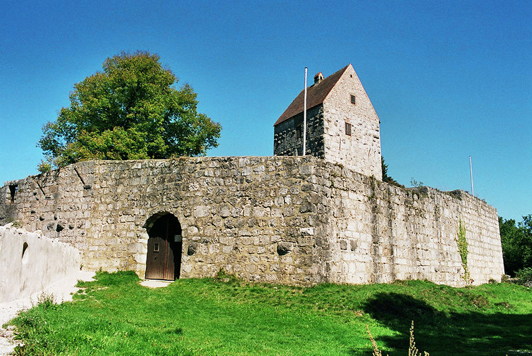

Henry Lochner’s mother is a sister of Derrick II of Spiess, being wedded to Gebhard (Goetz) Lochner, who resides at the village Loch near Koenigstein (Upper Palatinate) in 1318[12], owner of the „Loch-meadows“[13] and appears as a vassal of the Schenk of Reicheneck between 1319 and 1321[14]. In 1344 the villages of Fuchsrieth, a deserted location near Schupf, in the district of Happurg, as well as the tithe of the community of “See” near Happurg in the Nuremberg region belong to him[15]. He inherits a croft in Foerrenbach[16] as a Reicheneck fiefdom from his presumed uncle Herman Tockler from Nuremberg.
His brother Seifried (Seitz) Lochner is even known to Biedermann, who – in 1335 – purchases an estate near Stallbaum, Pommelsbrunn municipality, from the Bergen Monastery as a “Leibgeding” (German meaning for: “life annuity in old age”) for himself and his children[17].
His daughter Mechthild, who is married to Otto Kress of Kressenstein near Nuremberg-Kraftshof, inherits his properties of Rueckersdorf and Behringersdorf in his will when he dies in 1339 (at Biedermann – see literature). Her brother Herman Lochner of Koenigstein is most likely a judge in Hohenstadt (next to Hersbruck) in 1350. His son Ulrich also has to swear an oath because of his cousin Henry Lochner’s feud. He lives in Winkelhaid, in the Nuremberg region, where he has possessions [18].
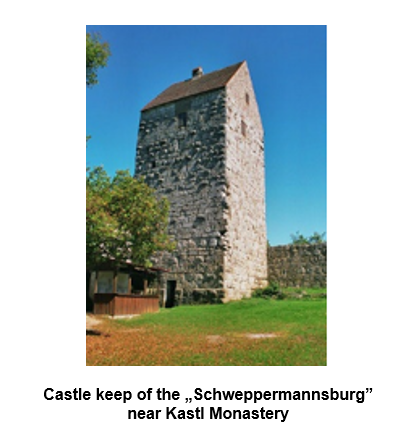
Now, back to the Higher Nobility Schenk of Reicheneck: in the fall of 1348, “the Schenks‘ resources are exhausted”[19] to continue their war against Nuremberg and the “Pfalzgrafen bei Rhein” – the latter would have even destroyed Reicheneck Castle. Conrad III “the warrior” and his brothers from the Conradinian line “surrender” by giving their share of Reicheneck manor, which is previously free allodial property, to the “Pfalzgrafen bei Rhein” (House of Wittelsbach) as a fief and “an opening in the military case”, also swearing to stop fighting anylonger against the Imperial City of Nuremberg (at the same time craftsmen have instigated an uprising against the patrician city regiment of Nuremberg, which the latter respond to without prosecution after the suppression).
So, in Middle Age language it says: the Schenks and their accomplices swear primal feud!
As the end point of the feuding activities of the “robber baron” Conrad III Schenk of Reicheneck, his brothers and thus also „Placker“ Henry Lochner, who appears as such in the relevant Nuremberg chronicles, is described as having been „captain of these accomplices“ during a raid near Henfenfeld (Nuremberg region) in 1350, together with his brother Conrad “the Younger”, his cousin Ulrich Lochner (see above) and “other ones”…[20]
…these “other ones” are knightly families as the Tuerriegel, members of a family called “von der Tanne”, as well as the Birkensee family and “…the looted goods had been transported to Rothenberg Fortress, Reicheneck Castle, the Castles of Spiess, Hohenstein and Stierberg”. If one will take a closer look at the matter – the trigger is a runaway countryman who has fled to Nuremberg – that is why Henry XI of Wildenstein at Rothenberg announces the feud to Nuremberg. “The predatory action” seems to be a spontaneous neighborly assistance between friends. In the Middle Ages, the word “friend” was even synonymous with “relatives” in general…[21]
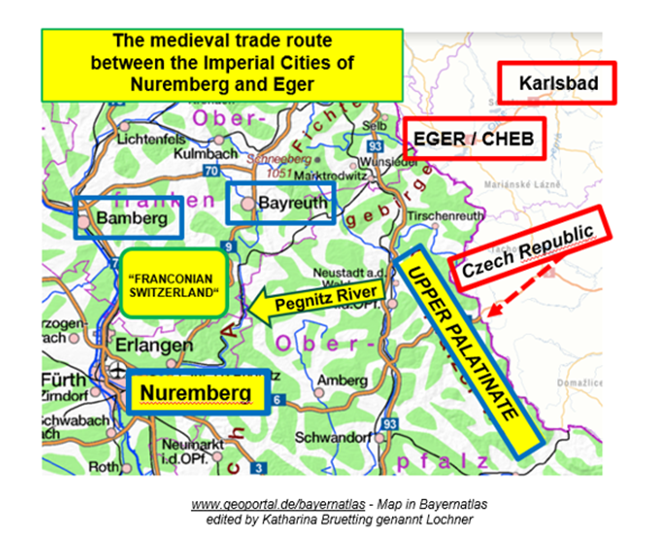
The Higher Nobles Schenk of Reicheneck extinct approx. 1400. Their heir-daughters marry into the Absberg family, who not only produce the most notorious and cruelest of all Franconian highwaymen, namely Thomas of Absberg, but, as Frankish Higher Nobility, are endowed with the special right of “liberation”, which allows them to grant asylum to anyone (which has only been repealed in 1799)[22].-
After 1370 nothing more can be heard from the Koenigstein Lochners. Their destiny is extinction or they have allegedly been – like the Gotelmshofen, who are related to them by marriage – to merge into the bourgeoisie of the Imperial City of Nuremberg as well[23]. –



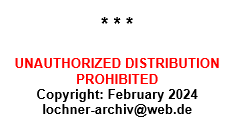
FOOTNOTES:
the books mentioned are in German language but the title of the books – as footnotes – are translated for a better understanding
-
State Archives of Amberg, Upper Palatinate, Michelfeld Monastery nos. 10 and 13; as well as in: „Historical place name book of Bavaria“, vol. 2: former district of Sulzbach-Rosenberg, Bavarian Academy of Sciences, Commission for Bavarian State History, Munich, 2002, p. 80 ↑
-
Eckard Lullies: ”The fief’s book of the Schenk of Reicheneck from 1331”, Altnürnberger Landschaft e.V., 2005 ↑
-
Connubium: Term for the connection between originally separated social groups through marriage – in relation to individual families, it is considered a measure of the social position of a family, in: Cord Ulrichs: “From fiefdom to Imperial Knighthood”, Steiner Publishers, Stuttgart, p. 133 – 134 (see enclosure: literature) ↑
-
Gustav Voit: “Nobility of the Pegnitz River Area 1100 – 1400“, Degener & Co. Publishers, Neustadt/Aisch, 1979 ↑
-
Gustav Voit: „Reicheneck“, Altnürnberger Landschaft e.V., Nuremberg, 1989, p. 45 ↑
-
In the meaning of: “Counts of Palatinate at Rhine” being part of the House of Wittelsbach, later on the Kings of Bavaria ↑
-
Vogtland = the medieval territory of the “Reeves of Weida and Plauen” is a region in the today’s border areas of the free states of Bavaria, Saxony, Thuringia and Bohemia (Czech Republic). ↑
-
Gustav Voit: “Nobility of the Pegnitz River Area 1100 – 1400“, Degener & Co. Publishers, Neustadt/Aisch, 1979, p. 81 – 83 – (Main State Archives of Bavaria, Munich: Imperial City of Nuremberg RN 547) ↑
-
Gustav Voit: “Nobility of the Pegnitz River Area 1100 – 1400“, Degener & Co. Publishers, Neustadt/Aisch, 1979, p. 9 ↑
-
Johannes Looshorn: “The history of the diocese of Bamberg“, vol. III, Munich, 1891 (Reprint 1981), 704 f. ↑
-
“The oldest land records of the Teutonic Order Commend in Nuremberg“, edited by Gerhard Pfeiffer, in: Publications of the Society for Franconian History, series X, vol. 10, p. 34), Neustadt/Aisch, 1981 ↑
-
Imperial City of Nuremberg, Citizen’s book I, no. 528 = The Citizen’s books of Nuremberg I – “The paper-lists of new citizen of 1302 – 1448”,
Sources on the history and culture of the city of Nuremberg 9, Nuremberg, 1974) ↑
-
Eckard Lullies: ”The fief’s book of the Schenk of Reicheneck from 1331”, Altnürnberger Landschaft e.V., 2005, p. 47, footnote 554 there ↑
-
State Archives of Nuremberg RN 297, 335 and State Archives of Nuremberg RN 329 ↑
-
Main State Archives of Bavaria, Munich, Kurbaiern 22970 ↑
-
State Archives of Nuremberg RN 388 – croft = a small farm with a size of ½ hectare of fields ↑
-
State Archives of Nuremberg RN 501 ↑
-
State Archives of Nuremberg Rep. 499, n 201a, booklet 1, p. 10 ↑
-
Citation according to Gustav Voit: “Nobility of the Pegnitz River Area 1100 – 1400“, Degener & Co. Publishers, Neustadt/Aisch, 1979 ↑
-
”The attack of 1350 in the “Book of Eights, Bans and Feuds of the Imperial City of Nuremberg from 1285 – 1400”, edited by Werner Schultheiss, Nuremberg, 1960 – John Muellner: “The annals of the Imperial City of Nuremberg from 1623 – Part 1: “From the beginning to 1350“, self-published by the City of Nuremberg,
City Archives of Nuremberg, 1972, p. 79 – NAB 79, Muellner I, 481f, State Archives of Nuremberg RN 804 ↑ -
www.herrensitze.com – Fortress of Rothenberg ↑
-
According to a Text of Henry Zillinger, former archivist of Eschenbach upon Pegnitz (today’s urban district of Pommelsbrunn) called: ”Of raiders and robber barons”, dated March 17, 1981 ↑
-
Gustav Voit: “Nobility of the Pegnitz River Area 1100 – 1400“, Degener & Co. Publishers, Neustadt/Aisch, 1979 – and – Eckard Lullies: ”The fief’s book of the Schenk of Reicheneck from 1331”, Altnürnberger Landschaft e.V., 2005 – maybe the Lochner of Eger (today’s town of Cheb in Czech Republic), former the Imperial City of Eger, descend from LVK – they are first mentioned there in 1243 as butcher-masters with own coat-of-arms variant of the Lochner one (see: 01 LVEL PEDIGREE and 02 LVEL HISTORY). ↑